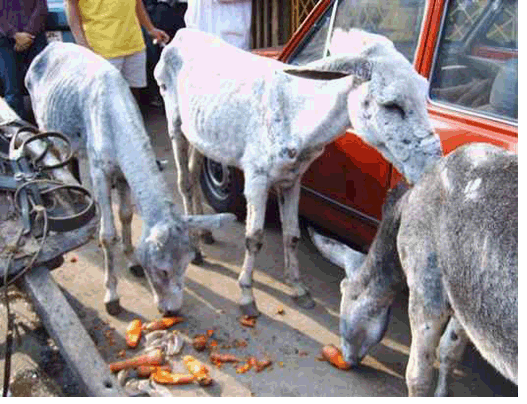
According to research conducted in 2008, there are 1 million working donkeys in Egypt.
These
donkeys are often the owners’ only source of income and transport, and
are extremely important to an entire family’s survival. Oftentimes,
young children are put in charge of the donkeys, and care at that stage
is minimal.
Heavy Loads
Richer peasants can afford a donkey cart; others have straw baskets hung on either side of the donkey.
Donkeys that weight 100kg are sometimes forced to pull up to one tonne of weight in bricks, sand or clay.
In either case, donkeys are used to transport goods from brick and
clay factories and sugar cane fields; produce from small farms into
the city, sometimes traveling long hours in grueling conditions,
surrounded by merciless drivers on the city streets.
They transport entire families on carts to and from errands; they carry furniture, steel rods, clay pots and bricks, ceramics…
Ill-Fitting Equipment
Harnesses, tacks and saddles are usually not fitted properly on
the donkeys. This causes terrible discomfort and deep wounds that are
usually left untreated, since the donkeys are forced to continue
working.
The face, back, neck, hind legs and under the legs are the areas that are most subjected to deep-seated wounds that can often lead to infection.
Donkey are also rarely bathed by their owners. Sand, dirt and
debris from the transported goods and pollution find their way between
the equipment and the donkeys skin. The friction caused by these
elements rubbing together against the skin cause chaffing and wounds
that are left untreated and that can progress to serious injuries and
infections: if someone is actually riding the donkey, there is more
weight on the saddle, making for heavier rubbing against the wound.
Physical Abuse
Donkeys are subjected to brutal abuse by their owners, primarly to
goad them into working harder. Typically, they are hit with sticks to
move faster: we’ve had reports of a donkey owner who, after his donkey
collapsed on the ground from exhaustion, unable to move, set some
nearby hay on fire and placed it near the donkey’s stomach, to force it
to get up and continue working.
|